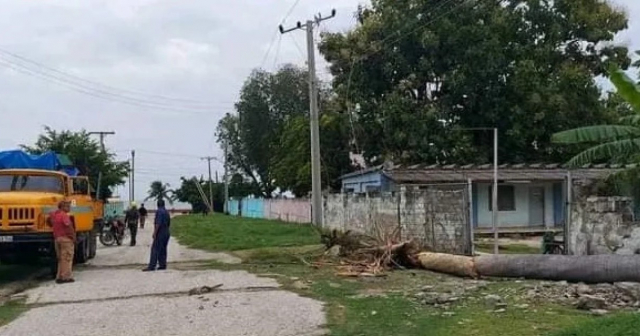Beryl made landfall late Friday morning in Quintana Roo, on the Yucatán Peninsula, Mexico, as a Category 2 hurricane.
The hurricane made landfall northeast of Tulum with wind gusts of up to 175 km/h.
The National Hurricane Center reported that at 7:00 a.m. Beryl was located about 25 km northwest of Tulum, Mexico, and 1,175 km east-southeast of Brownsville, Texas.
The maximum sustained winds have decreased to approximately 160 km/h, with stronger gusts, and is moving towards the west-northwest at a speed of 24 km/h.
The states in the Mexican Yucatan Peninsula set up hundreds of shelters, evacuated small coastal towns, closed schools, and canceled flights, as revealed by Univision.
Around 8,500 soldiers and government agents were deployed to the area in response to the emergency.
In Yucatán, the effects of Beryl have already begun to be felt, as confirmed by videos posted on social media.
The local Mexican press reported that Civil Protection issued a Red Alert for almost the entire state a few hours ago.
It is expected that Beryl will continue moving west-northwest, crossing the northern part of the Yucatán Peninsula today and emerging over the southwest of the Gulf of Mexico tonight.
Subsequently, it will move northwest, approaching the northeast of Mexico and south Texas by the end of the weekend. Further weakening is expected as the hurricane advances over land today, followed by a possible re-intensification upon returning to the Gulf of Mexico.
After its devastating passage through the Caribbean, Beryl left at least nine dead in Grenada, Venezuela, Jamaica, and Saint Vincent and the Grenadines.
Beryl is an unusual phenomenon that went from being a tropical storm to a category four hurricane in record time.
It is also the first one to reach category five in the Atlantic so early in the year, which is caused by the high temperature of the ocean waters.
What do you think?
COMMENTFiled under:
